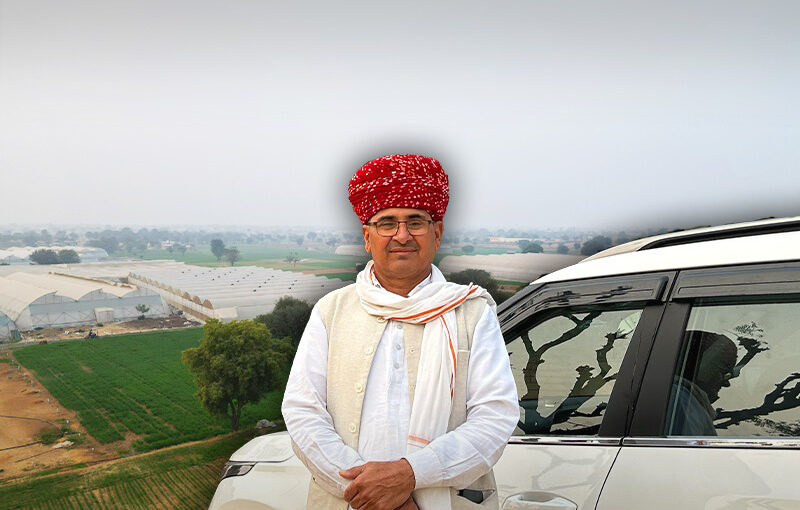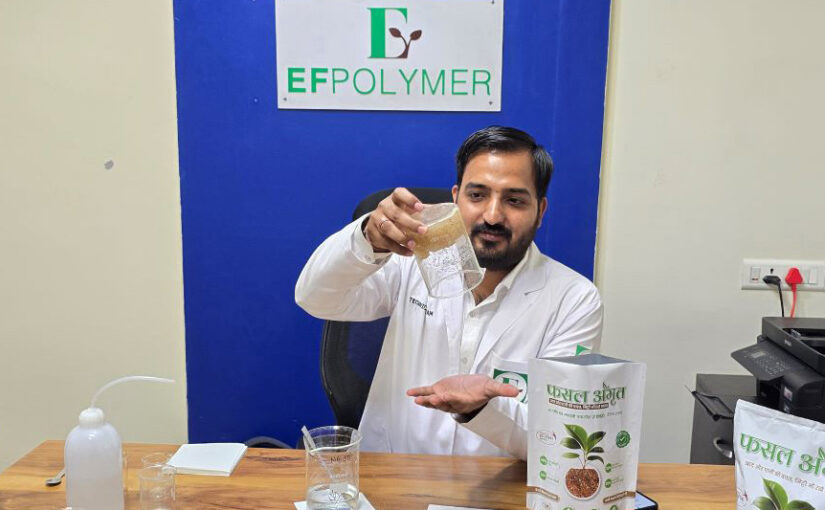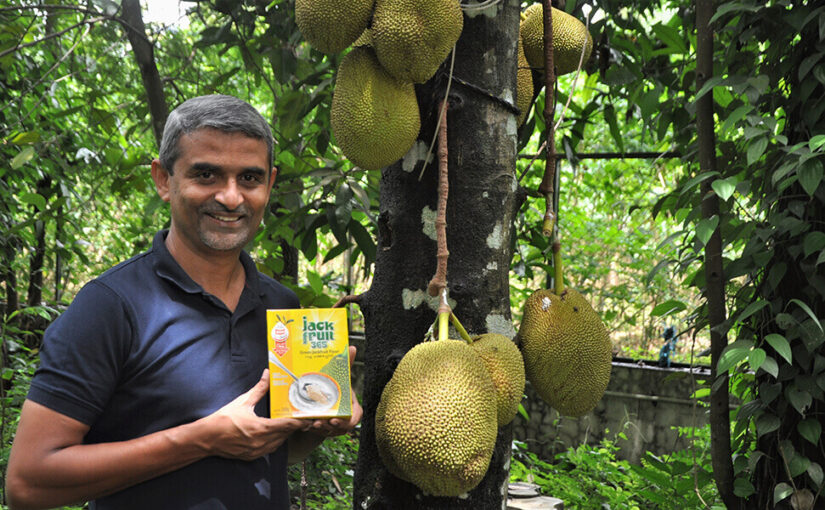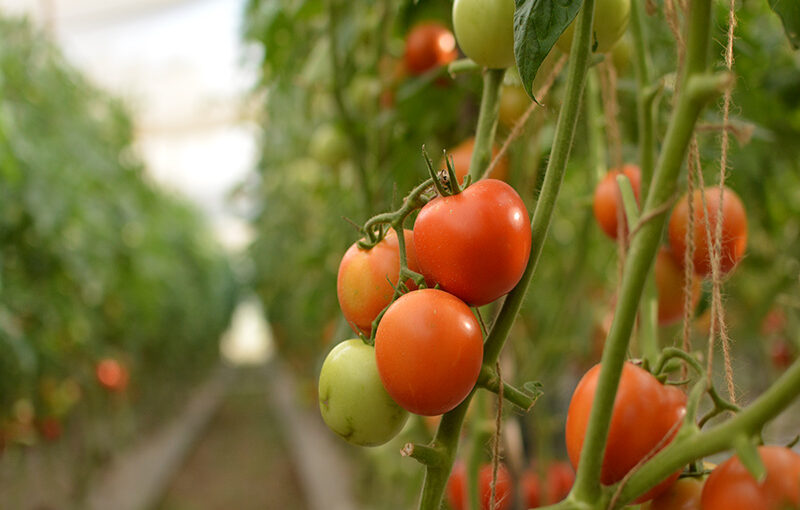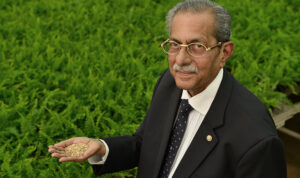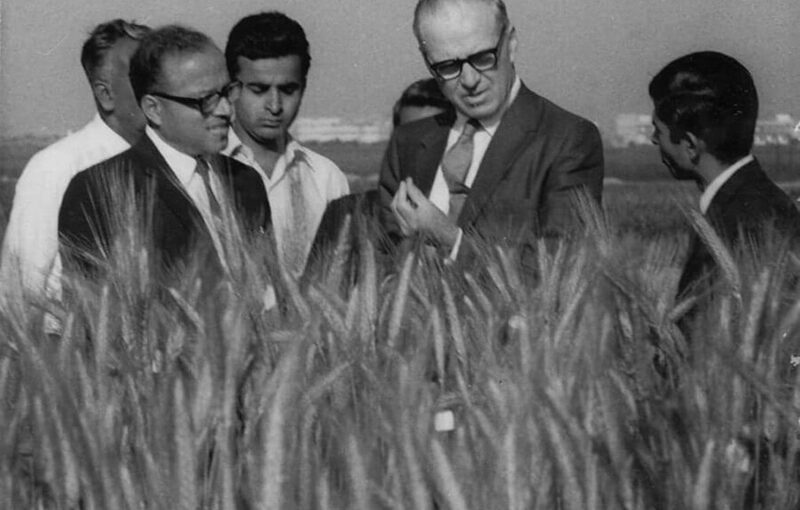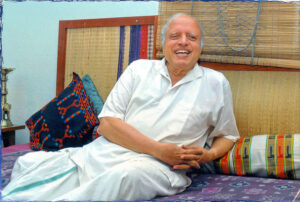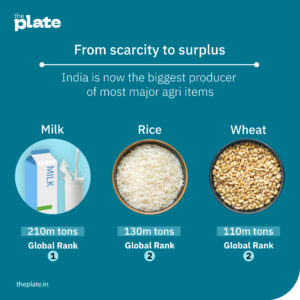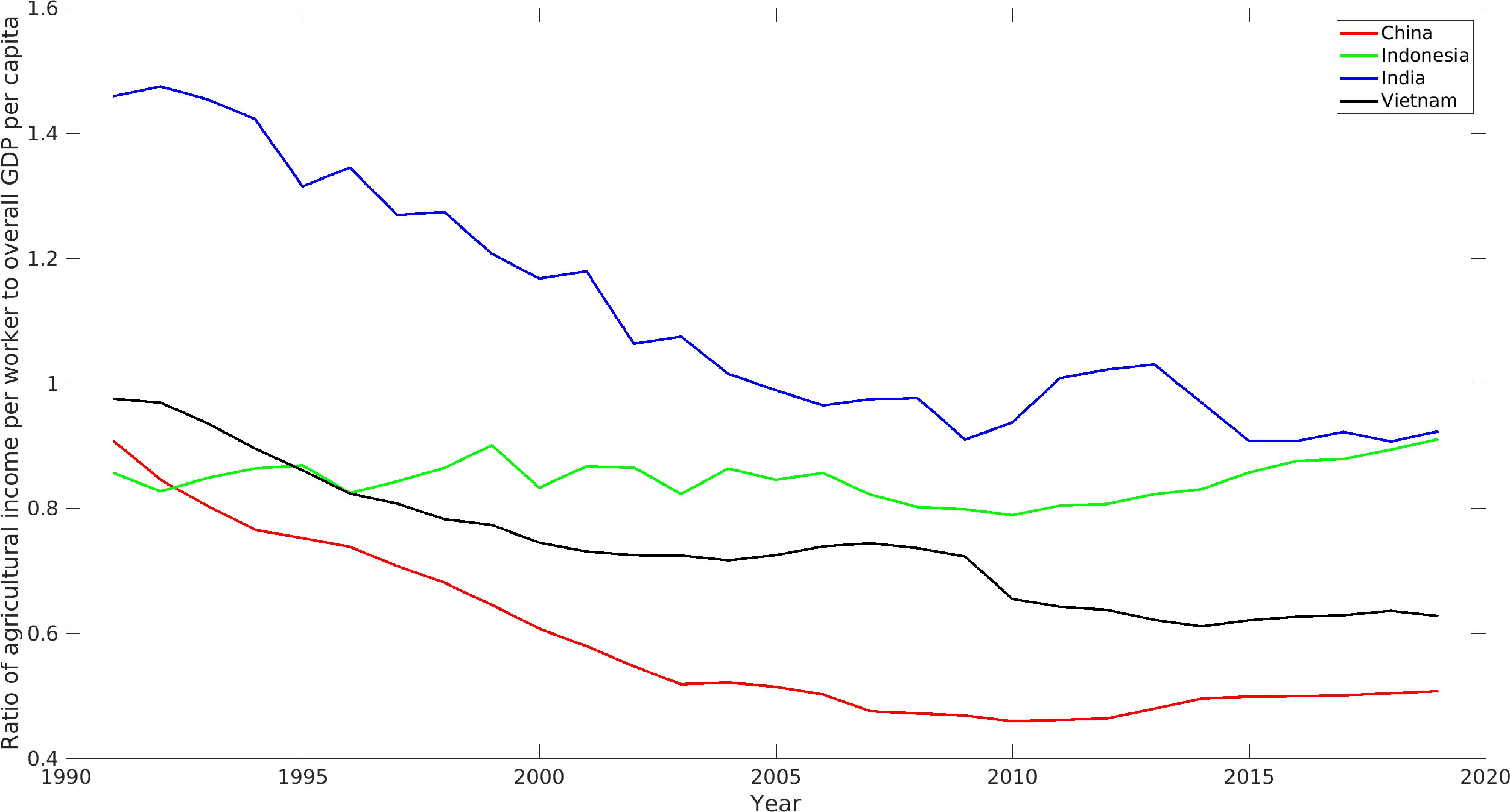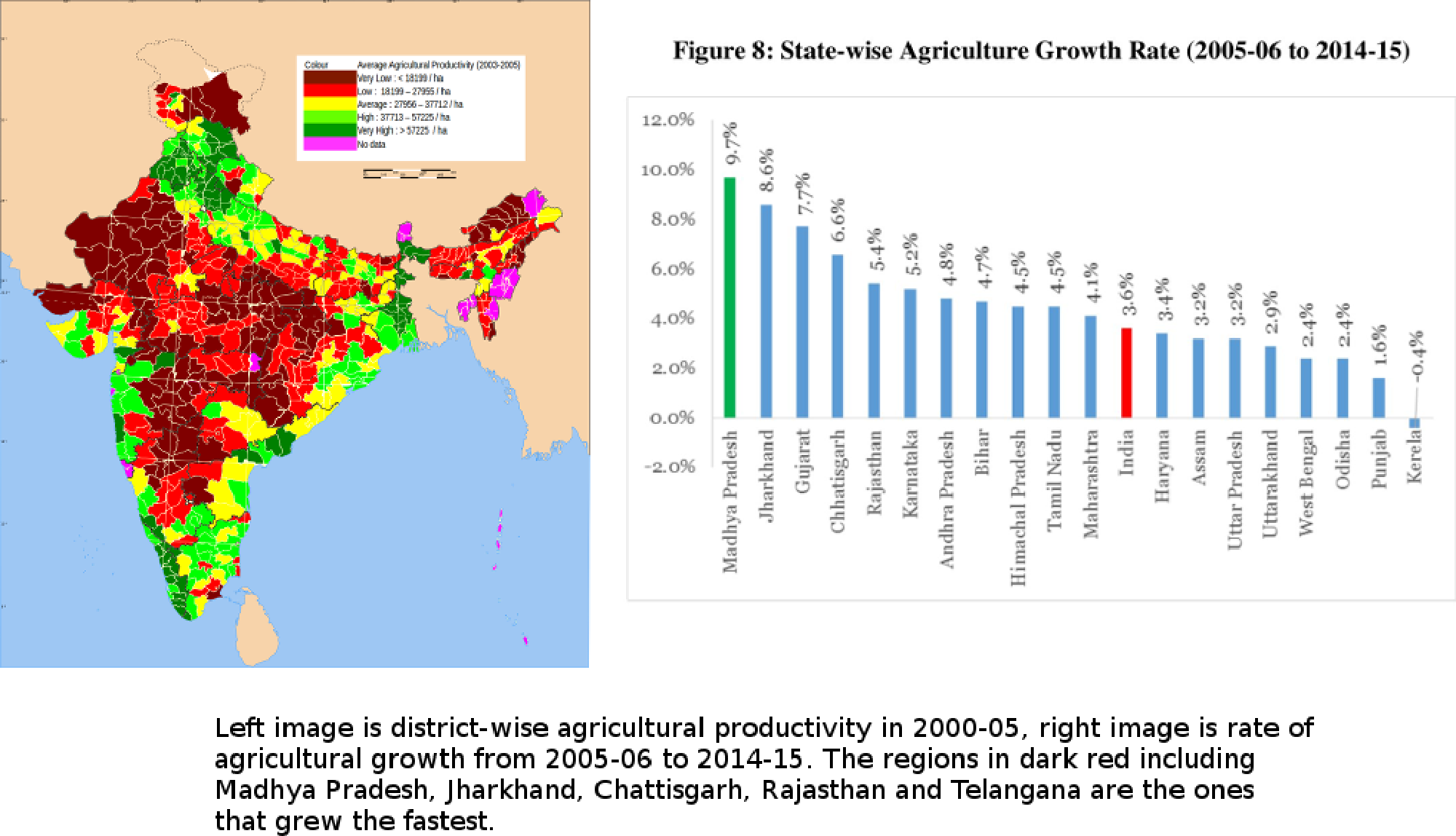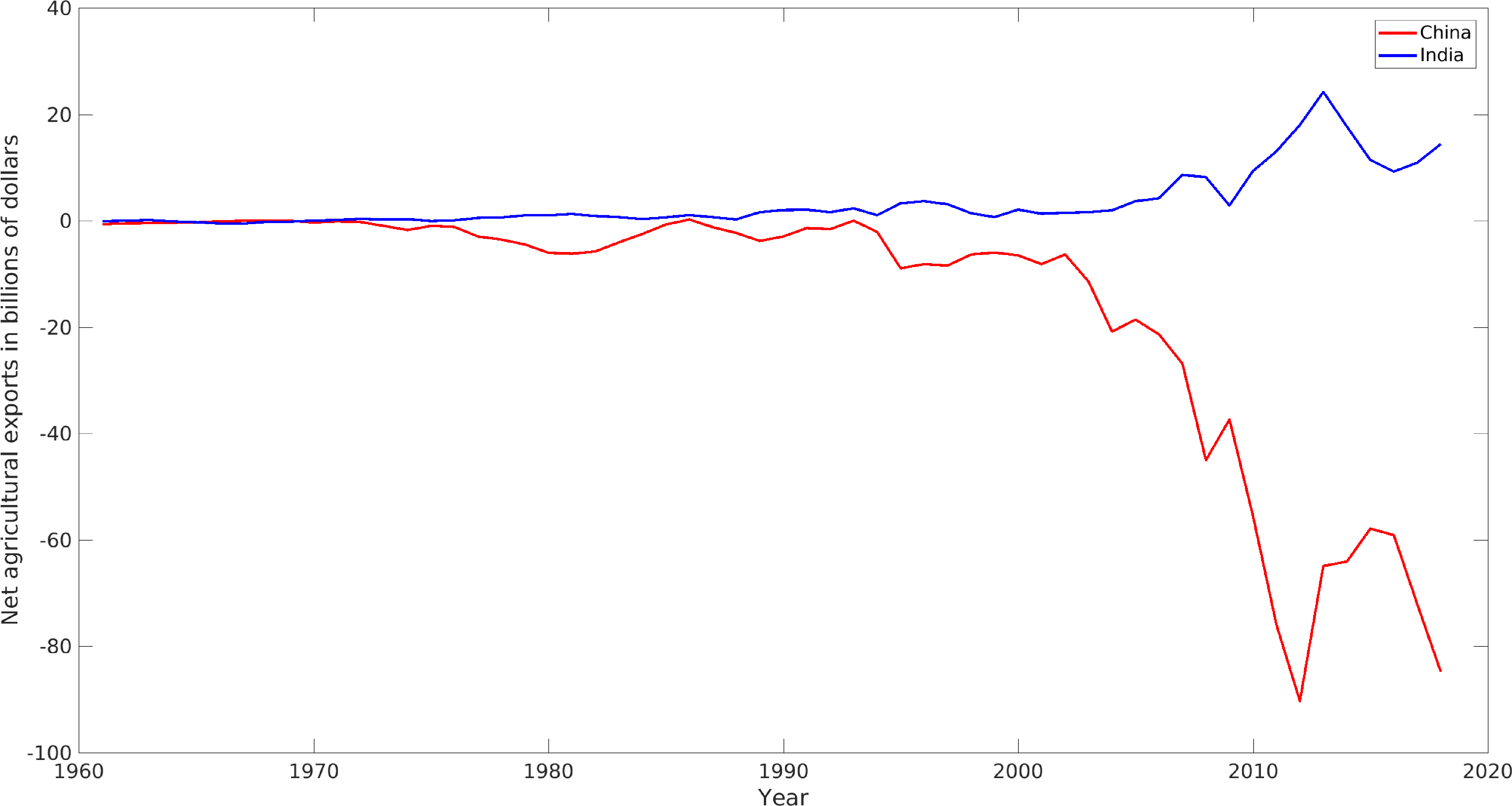In the vast aridity of Rajasthan, winter brings relief from the scorching heat, but also an eerie stillness. Life here moves to the rhythm of sand and shrub.
On early mornings of late December, Jaipur, like any large city in north India, quivers in a silvery film of pollution. As you drive past the city’s last high-rises and elevated roads, the atmosphere is an emulsion of dust and smoke. Every movement lifts the earth into the air.
Dawn comes, but not day. The dim, silver sun in an aluminum sky offers little heat or light. The fields are a naked beige after the monsoon groundnut crop has been dug up. The first green shoots of winter wheat and bajra have barely broken through the soil.
In a census of lifeforms here, trees would be an inconsequential minority. Among the trees, neem and khejri (also known as shami in most of north India and vanni, banni and jammi in the south) dominate. When I say dominate, they average two-or-three an acre.
The shami is considered a symbol of kshatriya valour. Legend says the Pandavas hid their weapons in a shami tree. Now, these trees, pruned and sheared for the season, resemble charred limbs raised in silent prayer. By summer, the khejri would yield nutritious pods called sangri used in the Rajasthani dish ker-sangri.
A wonder in the desert
Once we reach Gurha Kumawatan, a village 40km to the west of Jaipur, the transformation is startling. The fields are suddenly green and scurry with life. The raw sting of the air carries the red-wattled lapwings’ shrill and quirky ‘did-he-do-it’ call. Towering above the farmland, giant semi-circular enclosures—like Amazon warehouses—dot the landscape.
These are polyhouses, industrial-scale farms that allow farmers to produce up to ten times more food than in open fields. Using a technique called protected farming, they require only a fraction of the water, fertilizers, and chemicals needed in traditional agriculture even on poor soil and climate that’s oppressively extreme.
Read the full story https://theplate.in/how-polyhouse-farming-in-rajasthans-desert-is-turning-farmers-into-millionaires/
Watch the video here: https://youtu.be/0ClJa5ICJpY?si=ouZZtPtl-bU9thQL
